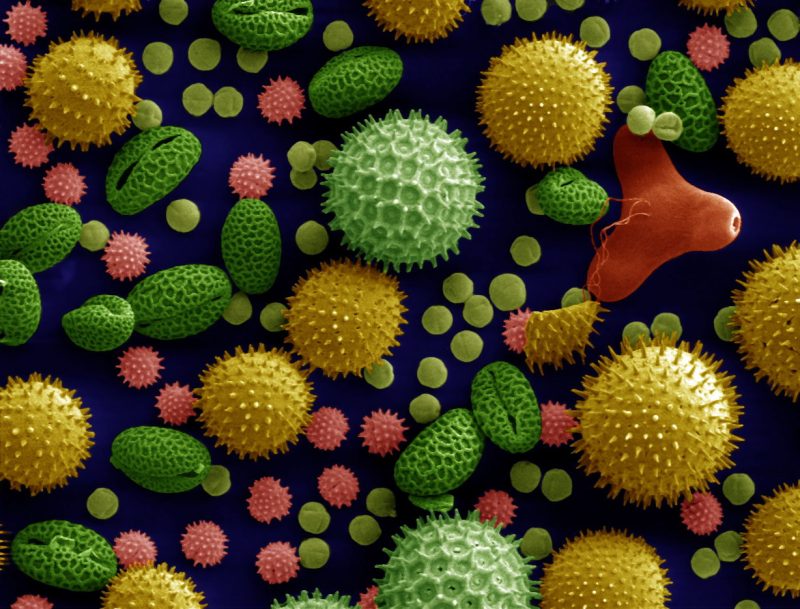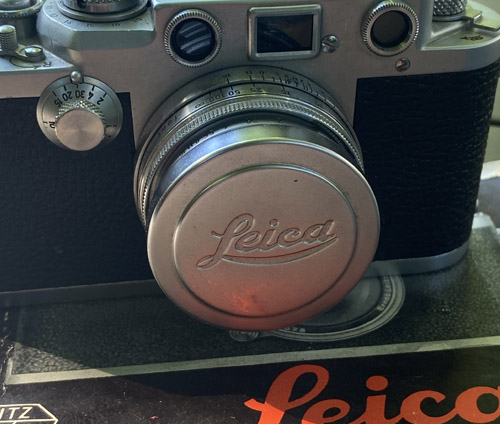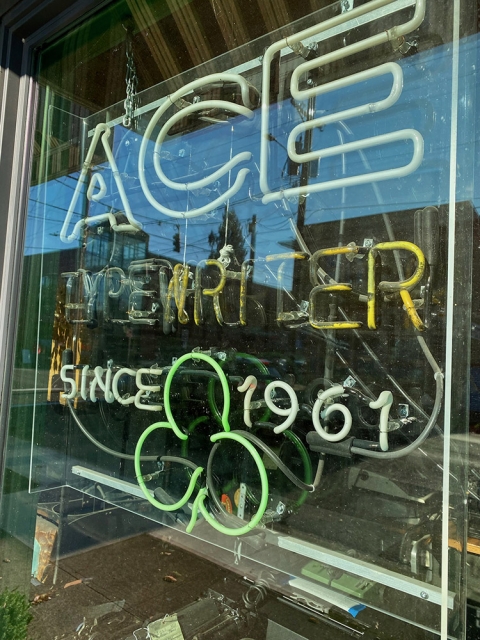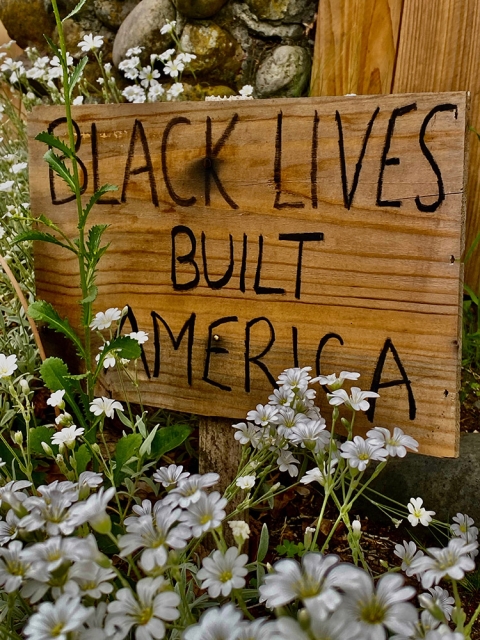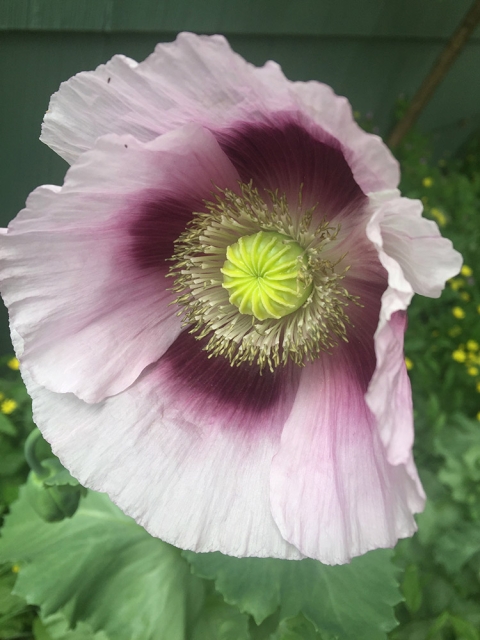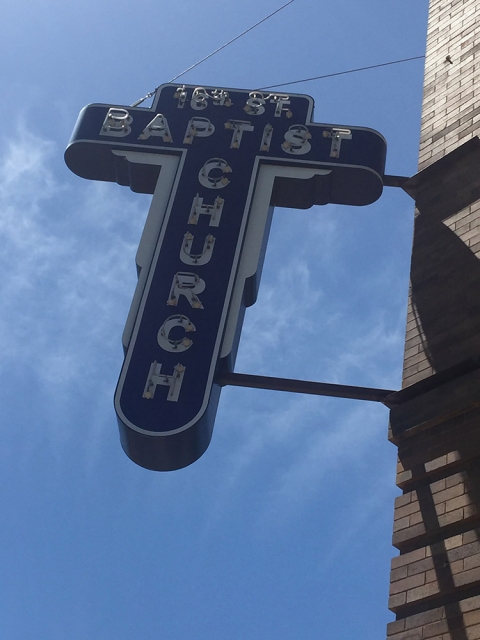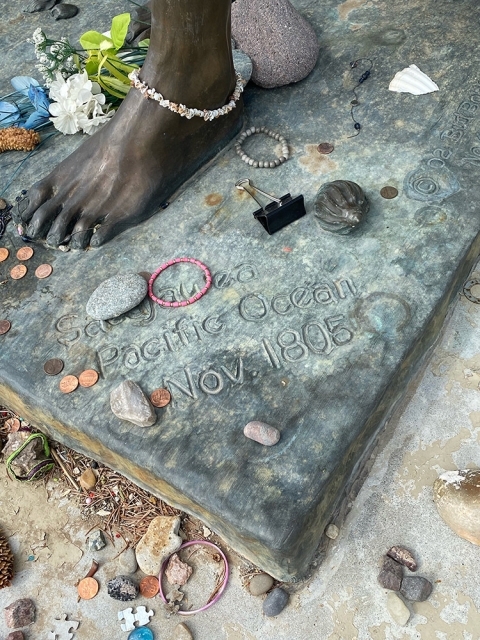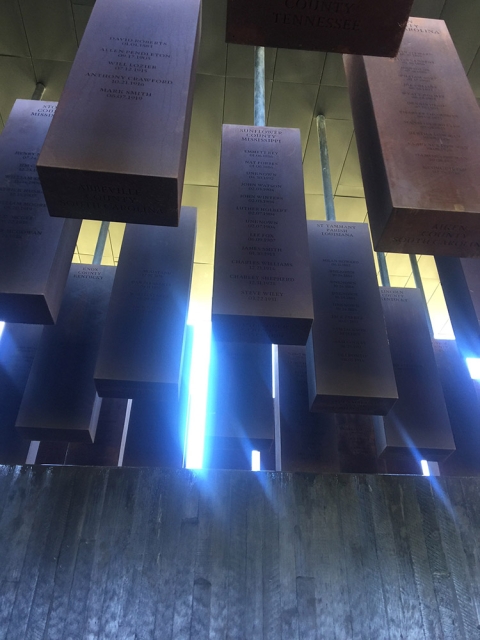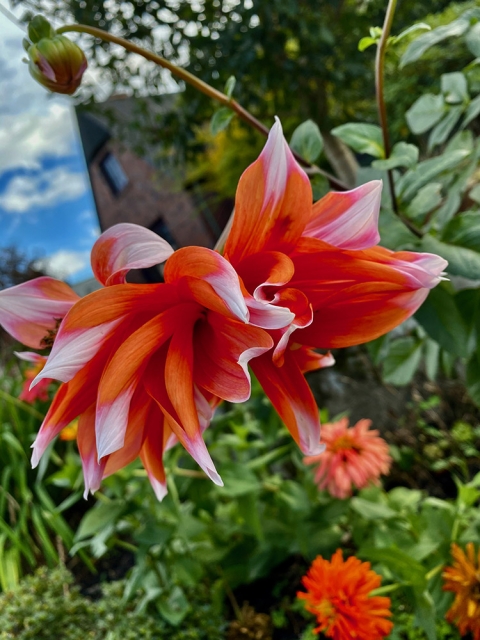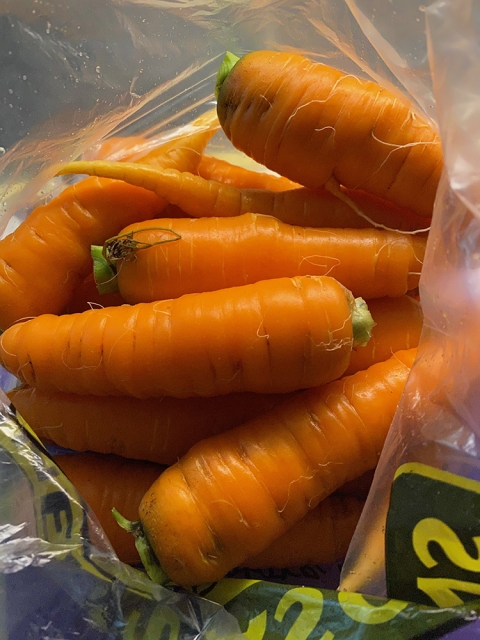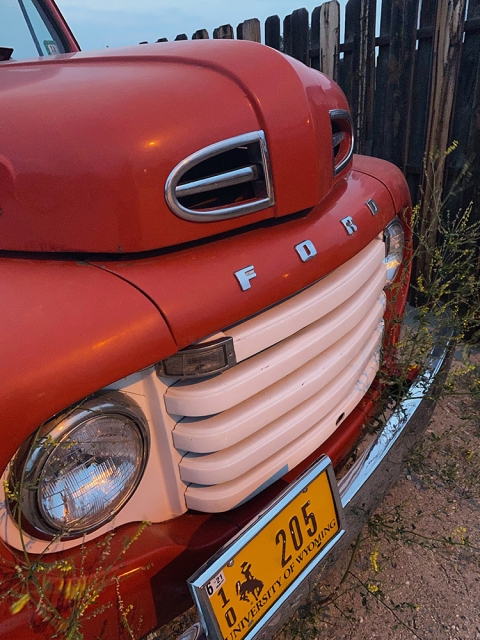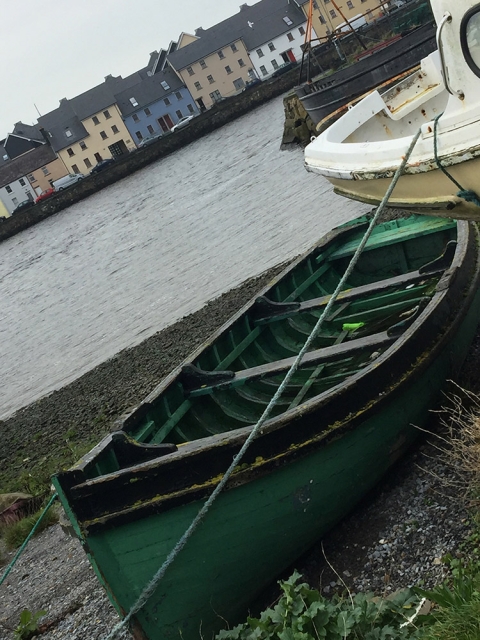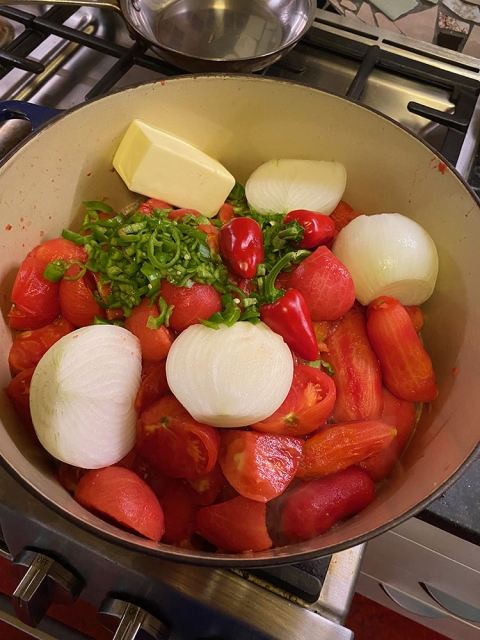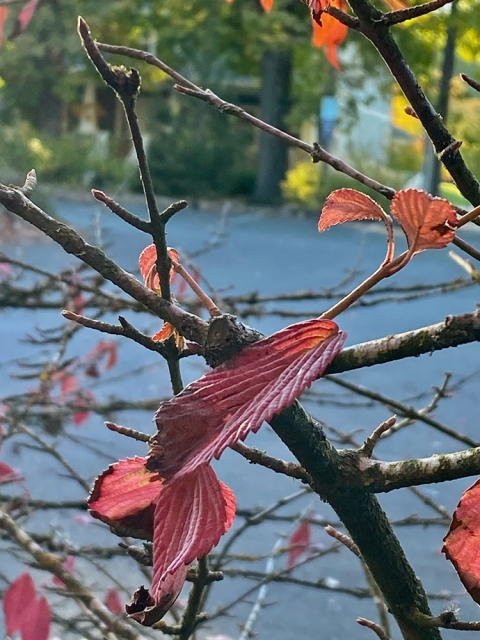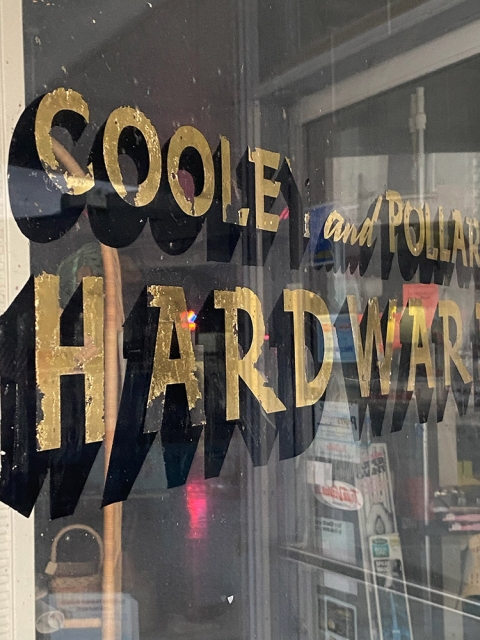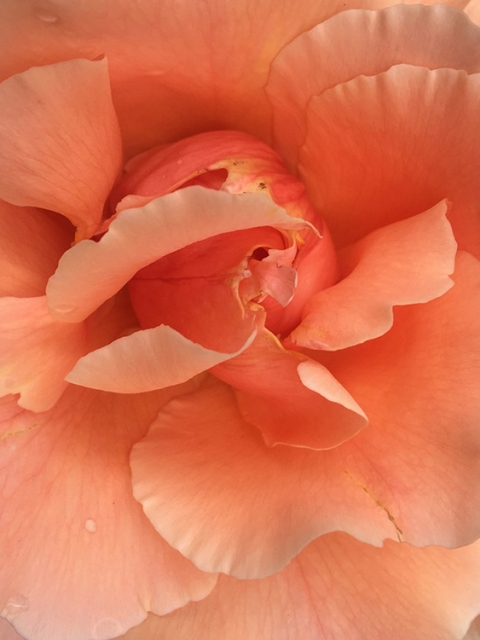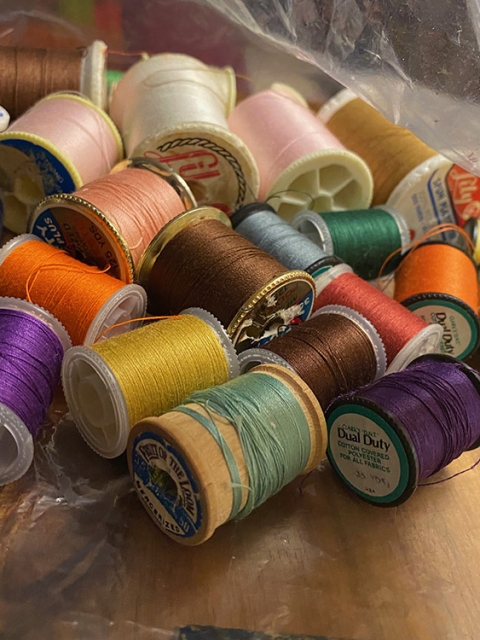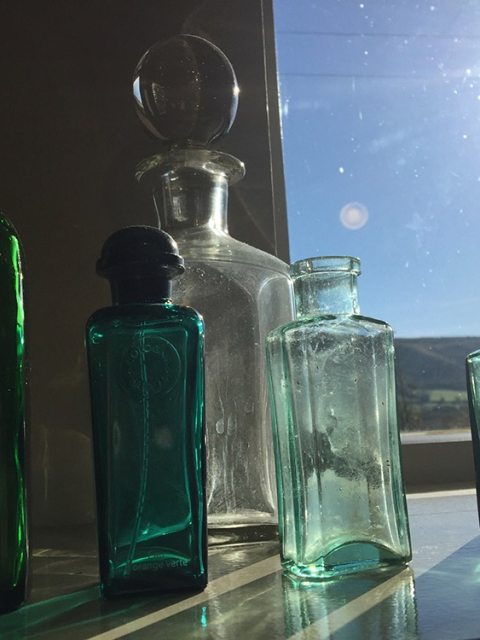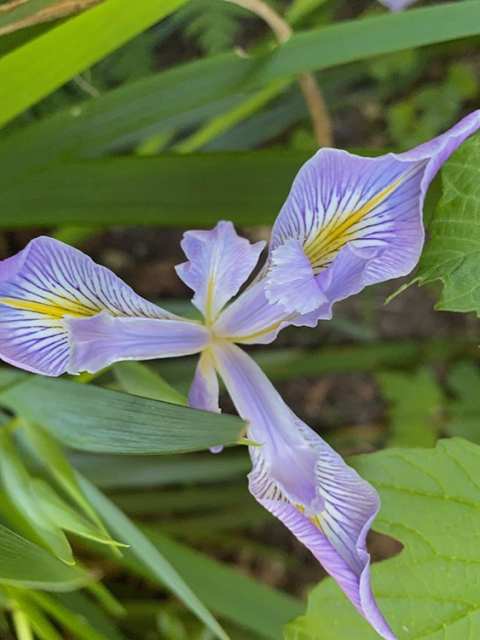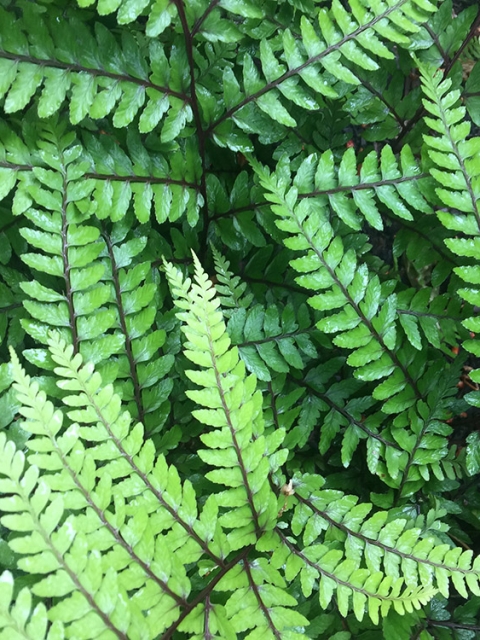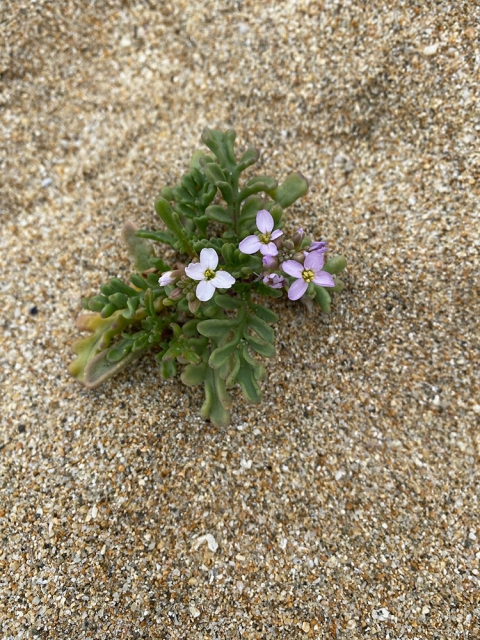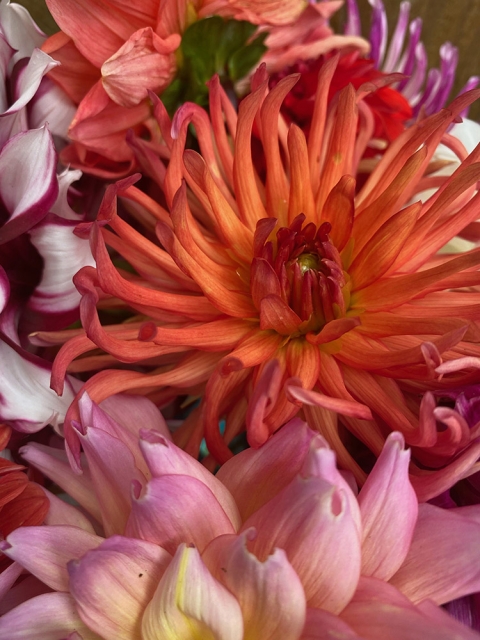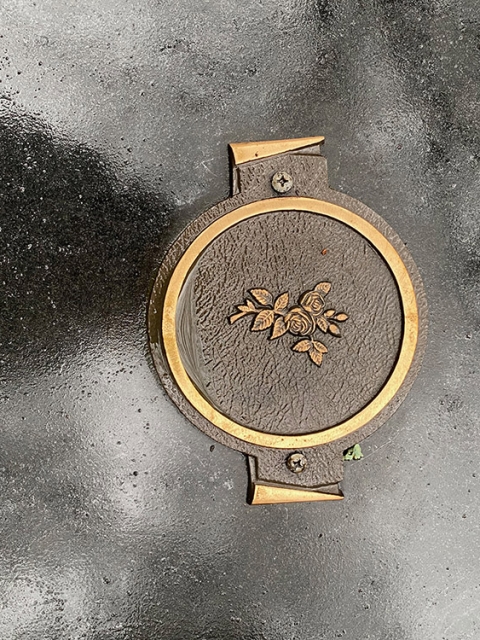For me, taking photographs is an extension of my creative writing process. I photograph what piques my interest, what catches my eye—for example, flowers, signs, objects, architectural details, memorials, and landscapes. I very rarely photograph people. With many of my photos, I often try to frame the shot so that it might serve as inspiration for future writing. A number of the photographs in this gallery have already prompted poems of my own.
This kind of poetry is called ekphrasis—the use of vivid, often dramatic and detailed description of a work of visual art as a literary device. Per Wikipedia, the word “comes from the Greek for the written description of a work of art produced as a rhetorical or literary exercise and is most often used in the adjectival form, ekphrastic.” Practitioners over the years have included Homer and Virgil, the pre-Raphaelites such as John Keats, and the 20th century poets, W.H. Auden and William Carlos Williams, to name but two. Ekphrasis is also used in fiction. In Moby Dick, Herman Melville employs it early in the novel when his narrator, Ishmael, is describing a somewhat unclear whale painting that hangs in The Spouter Inn.
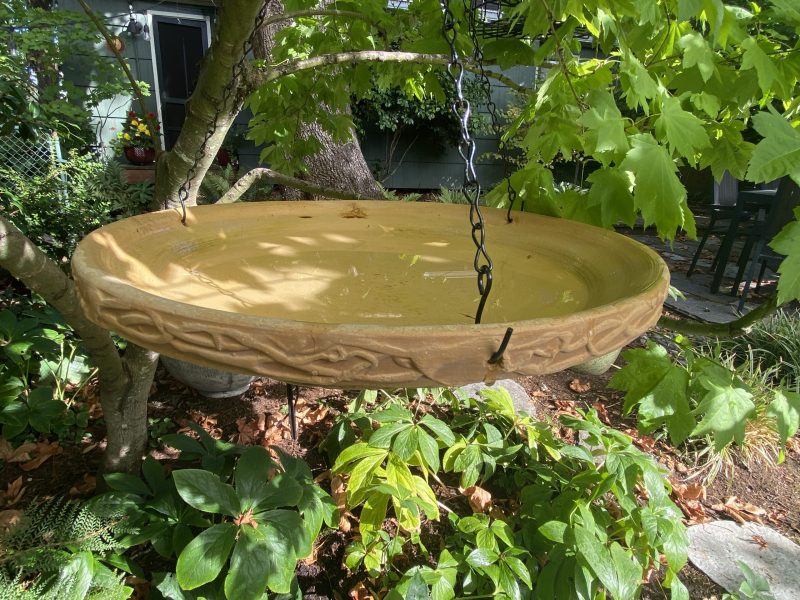
Autumnal Equinox & the Diminishing Hours of Light…

Acceptance News: The “Burn It Down” Issue of TrashLight Press
